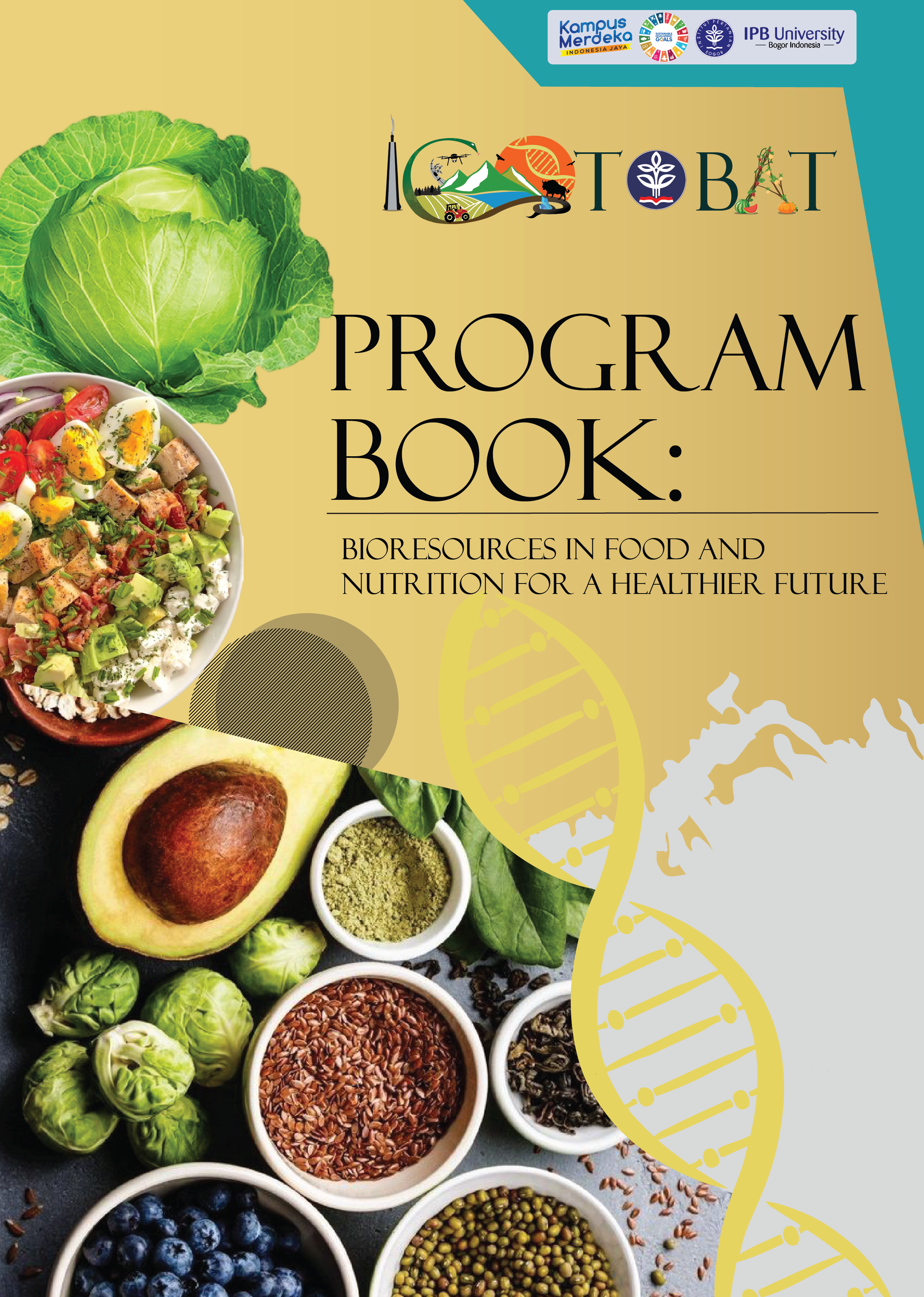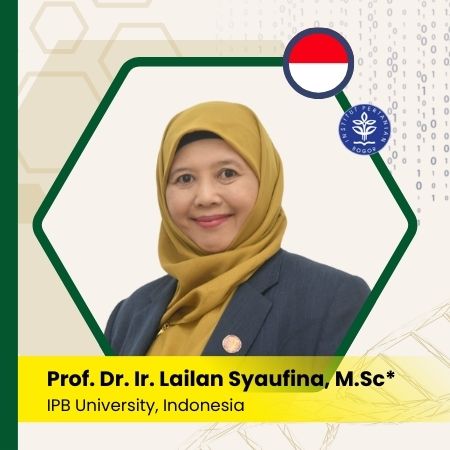Molecular docking and experiment study of hibiscus sabdariffa calyces extract compounds from Lembang Indonesia analyzed by GCMS as antibacterial agent
Keywords:
H. Sabdariffa, molecular docking, cis-vaccenoic acid, antibacterial activityAbstract
H. sabdariffa calyces has been widely developed as an herbal preparation for health care due to its various pharmacological effects. The active ingredient in the plant is different if it is planted in a different place, so it can have different pharmacological effects. The aim of this study is to determine the active ingredient of H. sabdariffa calyces from Lembang by GCMS and study its activity against bacteria through molecular docking and experiment. The herbals were extracted using the ethanol maceration. The analysis of extract compounds was performed using GCMS. The results were further analyzed by QSAR to identify candidate compounds with antibacterial properties. Next, molecular docking was performed using PBP2a (resistant S. aureus transpeptidase) as the target molecule. The antibacterial effect of extract against bacteria was also tested by the microdilution. There were 7 compounds in the extract with symbols C1-C7 from GCMS results. Molecular docking analysis results showed that C7 (cis-vaccenoic acid) was the best ligand binding to PBP2a. MIC of extract to E. coli ATCC 8739, S. aureus ATCC 2592, S. epidermidis ATCC 12228, resistant clinical isolate E. coli, and P. aeruginosa ATCC BAA 1744 was 15.63 mg/mL while to S. sonnei ATCC 9290 and resistant S. aureus ATCC BAA44 was 7.81 mg/mL. Extract had potential as an antibacterial agent against bacteria. Its stronger activity against resistant S. aureus ATCC BAA44 compared to sensitive one. It can be explained by molecular docking results showing that C7 (cis-vaccenoic acid) compound binds strongly to PBP2a.





























